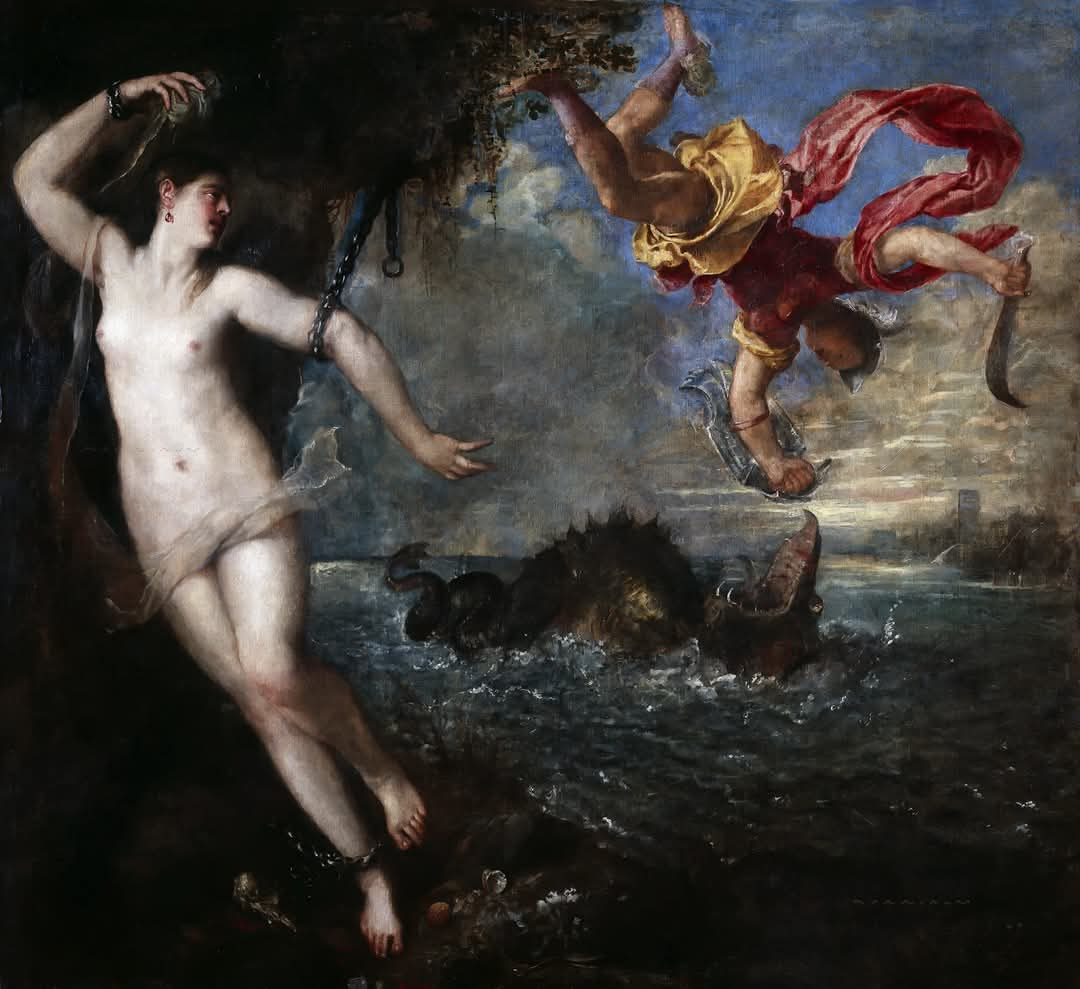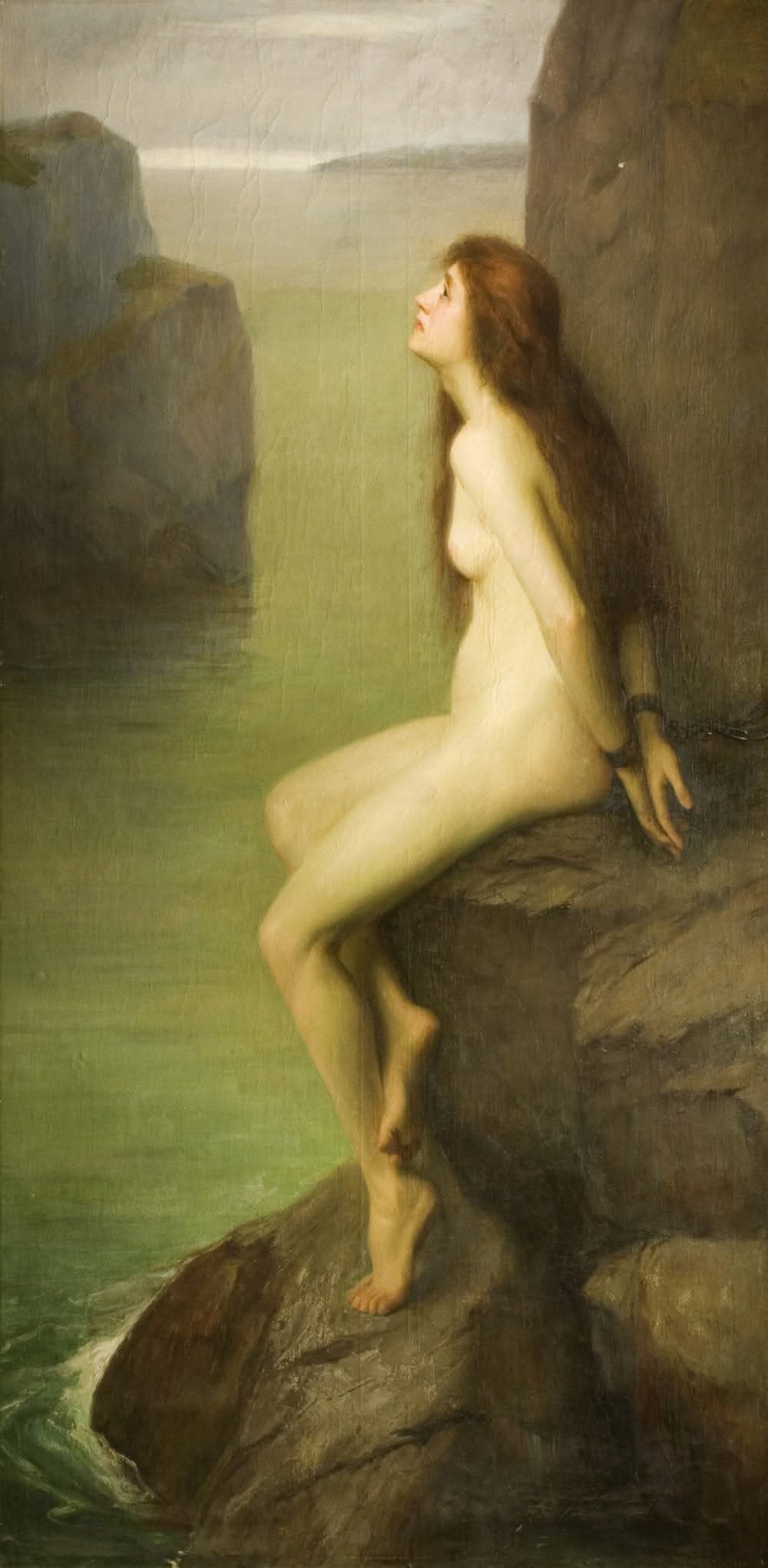🗿Louis Sussmann-Hellborn (1828-1908) was a German sculptor, artist, and collector
🗿 Louis Sussmann-Hellborn (1828-1908) was a German sculptor, artist, and collector. Marble "Sleeping Beauty" (German: "Dornröschen") 1878 Alte Nationalgalerie Berlin The name of Hellborn's sculpture seems to have been lost in history, but in 1878, when he created this piece, he was in fact an established artist and a prominent figure in Berlin, with enough money to sponsor the arts (he was one of the founders of the Royal Museum of Decorative Arts) and to create large marble sculptures like this one. The sweet image of Sleeping Beauty, surrounded by delicate branches of roses, rests in a luxurious marble chair, where the German sculptor Louis-Sussmann Hellborn placed her more than a hundred years ago. A metal spindle stands out at the girl's feet, reminding us that it was this that led her to this terrible fate. The dress and chair are entwined with roses, because the girl has been sleeping for a century. While Beauty slept, Germany was awakening from a rec...

































Коментарі
Дописати коментар